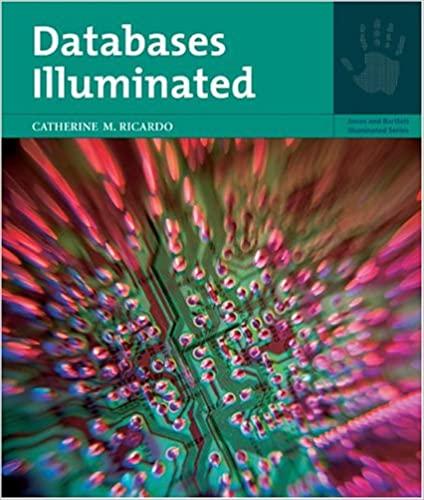Question
3. Worst-fit is an allocation algorithm that allocates the largest free block to a new job. It is the opposite of the best-fit algorithm. Using
3. Worst-fit is an allocation algorithm that allocates the largest free block to a new job. It is the opposite of the best-fit algorithm. Using the following configuration with jobs arriving in order (Job A, B, C, D) and with blocks shown in order from low order memory to high order memory:
| Job List: |
| Memory Block List: | ||
| Job Number | Memory Requested |
| Memory Block | Memory Block Size |
| Job A | 44K |
| Block 1 | 250K |
| Job B | 220K |
| Block 2 | 900K |
| Job C | 670K |
| Block 3 | 280K |
| Job D | 64K |
| Block 4 | 200K |
|
|
|
| Block 5 | 750K |
a) Indicate which memory blocks are allocated to each of the arriving jobs. b) In this chapter we introduced external and internal fragmentation. Explain in your own words which one would be expected in a worst-fit memory allocation scheme
Step by Step Solution
There are 3 Steps involved in it
Step: 1

Get Instant Access to Expert-Tailored Solutions
See step-by-step solutions with expert insights and AI powered tools for academic success
Step: 2

Step: 3

Ace Your Homework with AI
Get the answers you need in no time with our AI-driven, step-by-step assistance
Get Started


